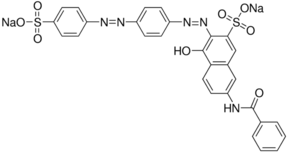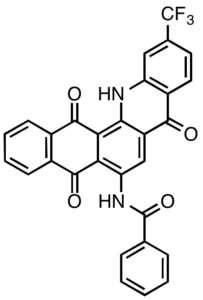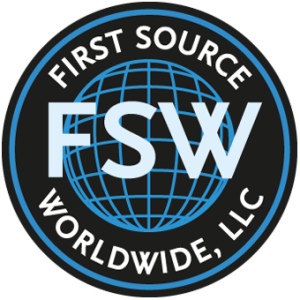Three Types of Dyes for Dyeing Cellulosic Fibers
In this month’s blog, I will be discussing three different types of dyes that can be used when dyeing cellulosic fibers and what advantages and/or disadvantages each offer.
First let’s define “Cellulose”. Cellulose is the main fiber from which plants are made. Cellulose fibers are made with ether or esters from the cellulose that is obtained from the bark, the wood, or the leaves of the plant. Some of the more familiar cellulosic fibers include cotton, linen, rayon, bamboo, hemp, and tencel. The range for dyeing these fibers will depend on the manufacturer’s cost needs, process capabilities, as well as the fastness requirements determined by the customer.
Fiber Reactive Dyes
Fiber Reactive Dyes are most commonly used and happen to be my favorite dye class for dyeing cellulosic fibers. As the consumer’s need for high quality fashion garments has increased, this dye class has taken off in the last 25 years. Below are some of the advantages and disadvantages for using fiber reactive dyes.
Advantages:
- Greater than 90% of the dyestuffs are reacted onto the cellulose fibers, meaning less dyestuffs are washed down the drain as waste.
- Bonds with the fiber, thus creating a more permanent color.
- Good wet fastness with minimal bleeding adjacent to other non-cellulosic fibers.
- Good for building deeper shades.
- Brighter shades.
- Capable of dyeing at lower temperatures, for saving on energy costs.
- Can be dyed at lower liquor ratios, for reducing water consumption.
Disadvantages:
- Extended cycle or process times.
- Cost of dyes.
Types of Fiber Reactive Dyes:
- Vinylsulphone Dyes are moderately reactive, with a dyeing temperature as low as 60C, and a pH of 11.5. These dyes create an excellent bond/fixation if applied correctly.
- Monochlorotriazine Dyes are normally less reactive than the previously mentioned Vinylsulphone Dyes. Typically these dyes process at a temperature of 80C and a pH of 10.5, and like Vinylsuphone Dyes, they have an excellent bond/fixation, if applied correctly.
- Bi-functional Dyes have more than one type of reactive group within the dye molecule. These dyes can react and create a bond with the fiber in more than one manner.
Direct Dyes
Direct Dyes are typically used for low end, or lower quality fashion garments. This dye class has been around for years and is very popular for controlling cost.
Advantages:
- Cycle or process times are significantly shorter than any other dye class for cellulosic fibers.
- Better for pale or lighter colors.
- Can be used in the same dye bath with acid dyes.
- Certain direct dyes have very good color fastness to light and can be used for furnishing fabrics.
- Cost of dyes.
Disadvantages:
- Not as fast as reactive dyes, with only moderate wash fastness.
- Duller colors.
- Possible fading onto other garments, during home laundering.

Direct Red 81
Vat Dyes
Among most of the dye classes, Vat Dyes have the best color fastness for dyeing cellulosic fibers. Vat Dyes can also be the most difficult application of these dye classes, as they are not soluble and therefore need a special process for the dye to react to the fiber. This is known as “vatting.” Vat Dyes are widely used for dyeing things such as swimwear, active wear, towels, and military grade fabrics, among others.
Advantages:
- Excellent color fastness.
- Wide range of color palette.
Disadvantages:
- Cost of dyes.
- Insoluble in water, therefore a special process is needed… “vatting.”
- Crocking is not very good.

Vat Blue 21
In conclusion, there are different dye classes available for dyeing cellulosic fibers. It all depends on what are your customer’s fastness requirements, as well as being cost conscious. Click the picture below if you’re interested in learning more about dyes that can be used when dyeing cellulosic.



